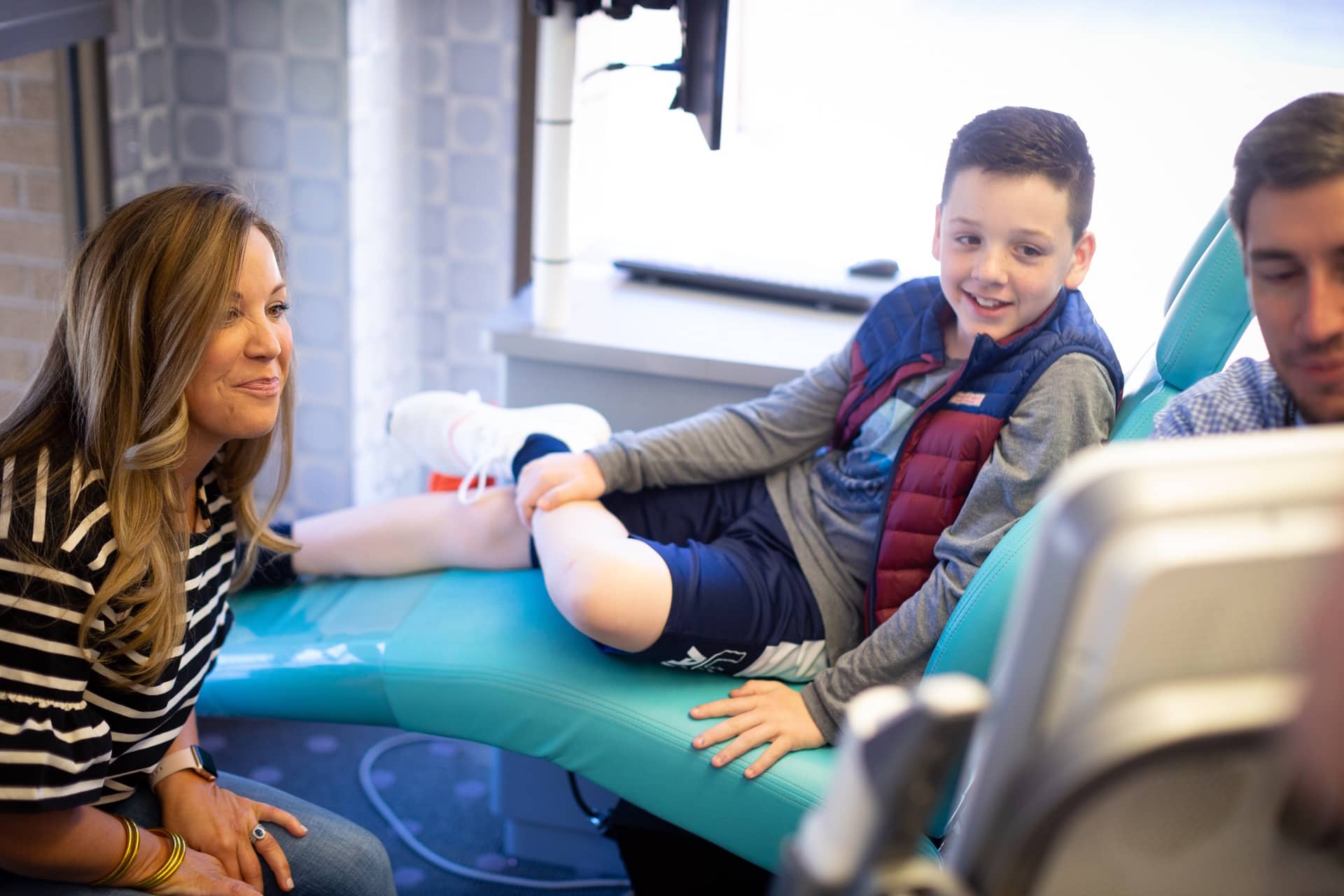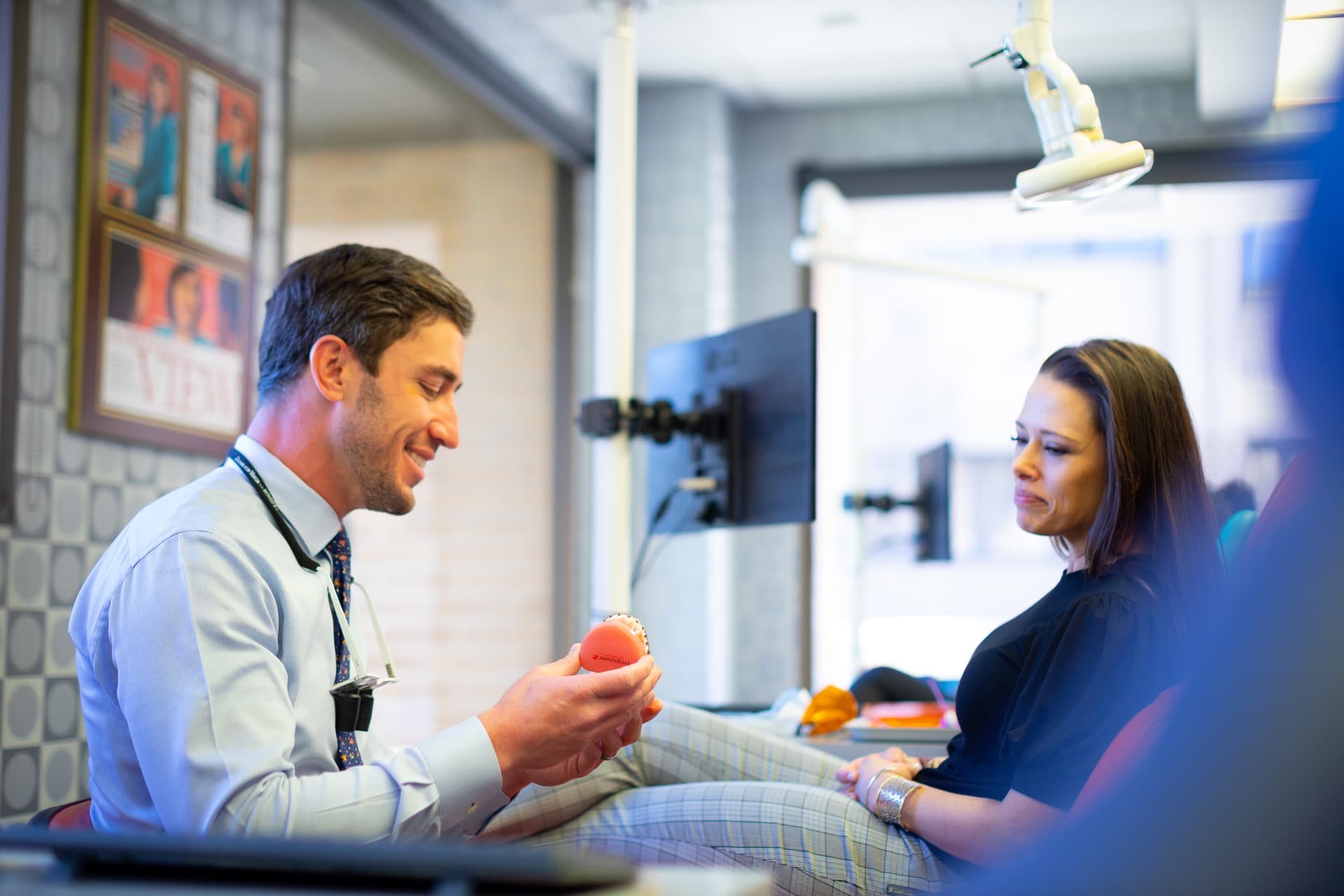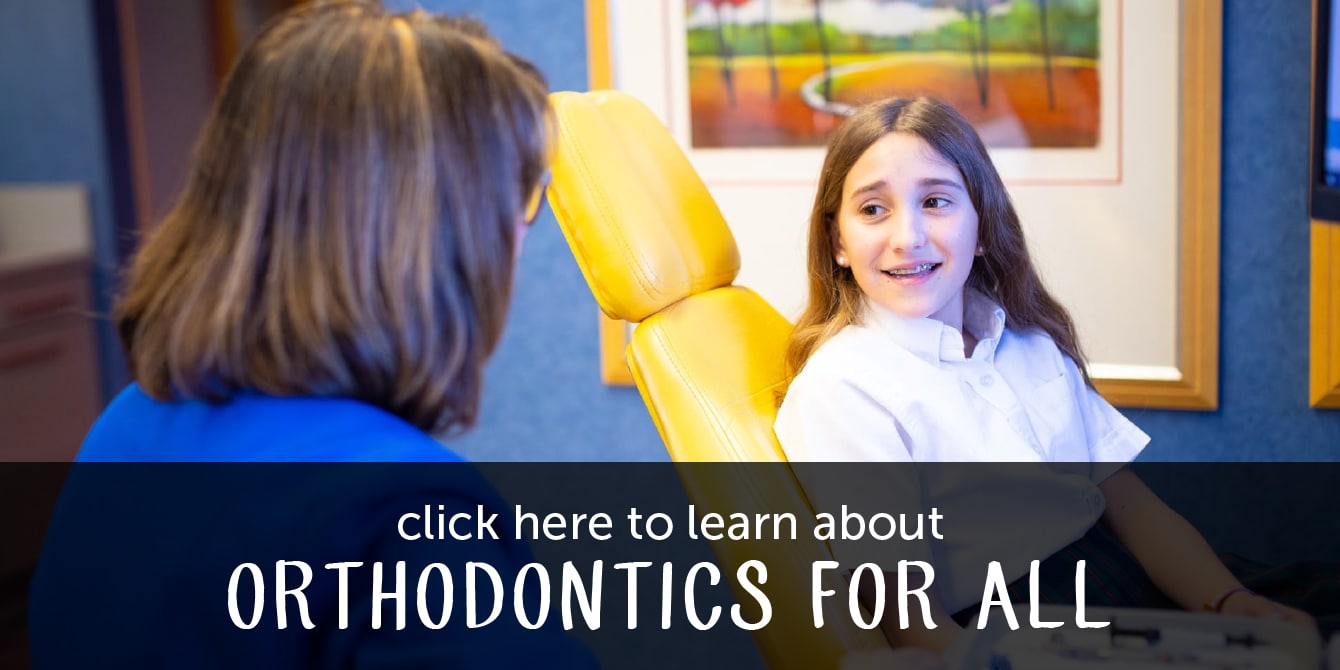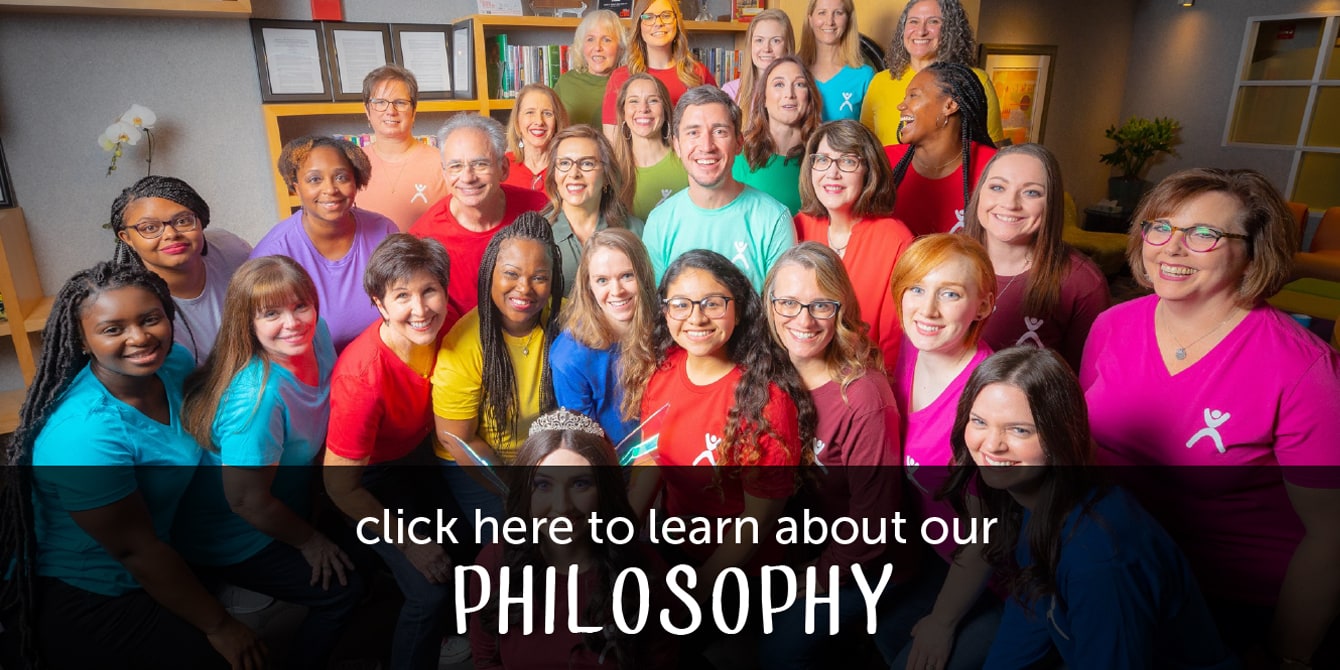Historically, oral care products concentrated on eliminating bacteria in the mouth. Alcohol, the primary ingredient in many products, kills bacteria but also dries oral tissue. However, dry tissues create a fertile environment in which bacteria can actually thrive. Another antibacterial agent is hydrogen peroxide, which is included in many breath products as well as in teeth whiteners. Published research has shown that hydrogen peroxide triggers an oxidation process that leads to a condition called oxidative stress—a precursor to inflammation.
Unlike these solutions that can trigger dryness and inflammation, PerioSciences Gel works with your natural defense system, complementing the antioxidants and anti-bacterial agents in your body’s saliva. Essentially, PerioSciences is a gentle but powerful gel to enhance your salivary system. Where other products inflame and dry out, PerioSciences soothes and cools. PerioScience is made of the finest ingredients to fight plaque, yellowing teeth, bacteria, and other common dental issues. Each ingredient serves a purpose, but its main ingredients are phloretin, epigallocatechin gallate (EGCG), and ferulic acid.
Key Ingredients of PerioSciences Gel
Combination antioxidants have been shown to act in concert and have a strong synergistic effect compared to single antioxidants.
Phloretin is a polyphenolic compound in the sub-group flavonoids and is mainly derived from apples. It is a potent antioxidant and has been shown to inhibit several types of destructive enzymes. Phloretin is known to adsorb to lipid surfaces, such as cell membranes.
Ferulic Acid – This effective, polyphenolic antioxidant is a substance found in the seeds and leaves of most plants, especially in the brands of grasses such as wheat, rice, and oats. Its chemical structure strongly resembles that of curcumin, also a potent polyphenol. Polyphenols are so named because they have multiple phenolic constituents.
Other Ingredient of PerioSciences Gel
Menthol Peppermint Oil is a purified compound from peppermint oil. Menthol is responsible for imparting a cooling, soothing effect; a property present in whole peppermint oil, but multiplied in pure menthol. In addition to this flavoring ability, for which it is mostly used, peppermint oil has excellent antibacterial and antifungal properties. In a study published in Mycopathologia in 2008, the inhibitory effect of 30 plant oils including peppermint was evaluated against biofilm-forming Candida albicans strain (CA I) isolated from clinical samples. Peppermint oil showed 74.16% biofilm reduction.
Thyme – Thymol is a natural phenol compound derivative found in oil of thyme, and extracted from Thymus vulgaris and various other kinds of plants. Thymol also provides a distinctive, strong flavor and is part of a naturally occurring class of compounds known as biocides, with strong antimicrobial attributes. Numerous studies have demonstrated the antimicrobial effects of thymol, ranging from inducing antibiotic susceptibility in drug-resistant pathogens to powerful antioxidant properties. Thymol has also demonstrated antifungal activity and anti-inflammatory effects including inhibition of prostaglandin synthesis.
Sage Oil – Sage, Salvia officinalis, has a long history of medicinal uses. It has been used to stop bleeding wounds, treat ulcers and swelling and – internally – to treat sore throats and coughs, as well as dental abscesses, infected gums, and mouth ulcers. Recent in vitro studies clearly showed that sage oil can interrupt inflammatory response paths, most likely from its content of rosmarinic acid. Sage oil has also revealed an antioxidant capability and it is a constituent of many dental hygiene products.
Clove Flower Oil – Sourced from the leaves, flower buds or fruit of a tree native to South America, clove is a natural substance known for its antibacterial capabilities and its anesthetic powers. In a high concentration, it was found to be as effective as a 20% benzocaine gel in preventing pain from needle sticks, however, it did cause burning and small aphthous ulcers. In a low concentration, it is effective to alleviate symptoms of irritation in the oral cavity and provide antibacterial support.
Xylitol – Found in the fibers of many fruits and vegetables, is a sugar alcohol sweetener used as a naturally occurring sugar substitute. Xylitol is specific in its inhibition of the mutans streptococci group, bacteria that are significant contributors to tooth decay.
Why Should I Use PerioSciences?
The PerioSciences approach is to work in concert with the body’s natural defense system in the oral cavity. Saliva has natural antioxidants and natural anti-bacterial agents. The antioxidants in PerioSciences products complement those in saliva, and our polyphenol components work with the saliva’s antimicrobial agents. Altogether, our natural ingredients are gentle on soft oral tissue but provide powerful plant-based antioxidants and polyphenols to enhance the salivary system. You can read more about their research at periosciences.com.
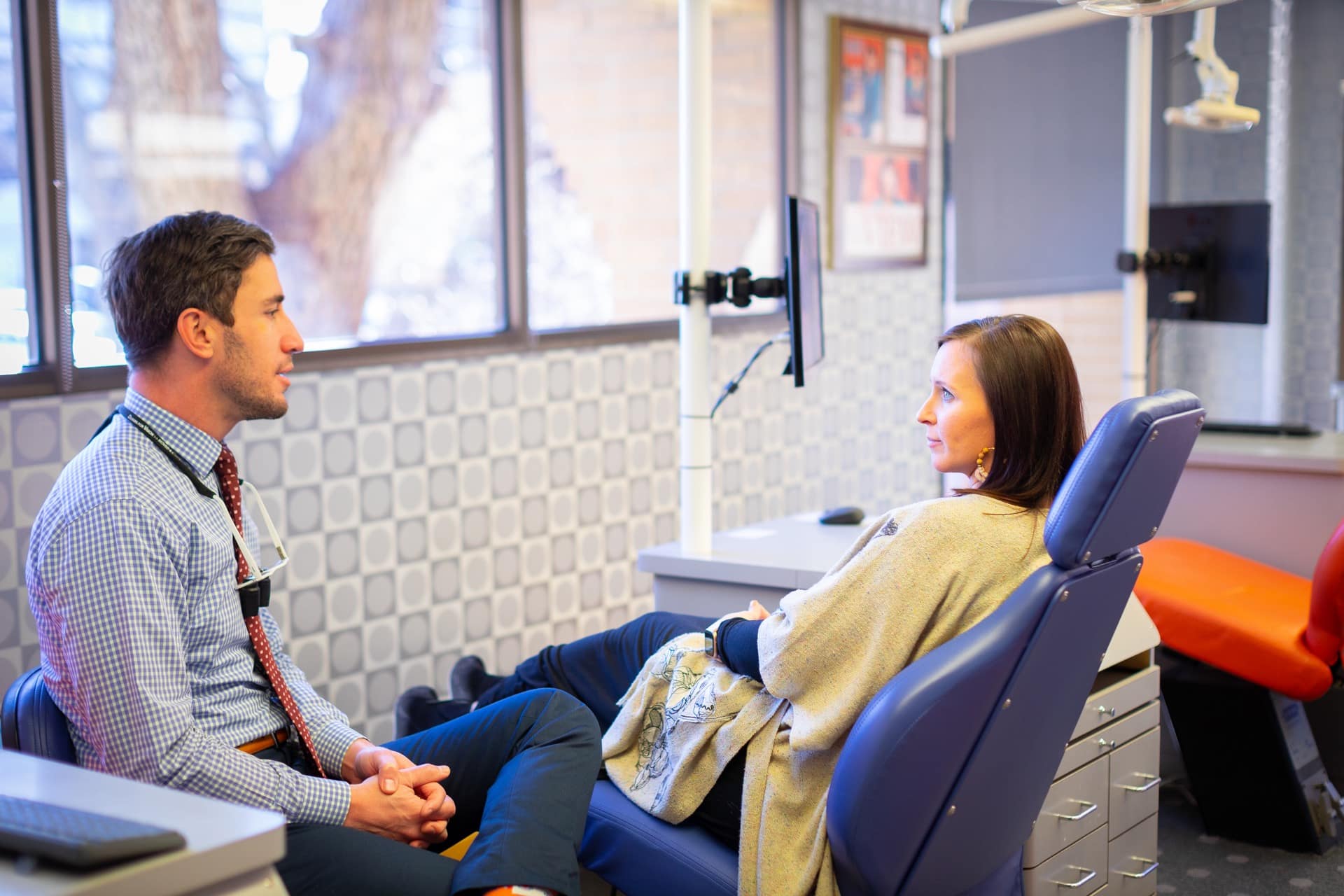

When is PerioSciences ProVantage Dental Gel recommended?
PerioSciences Pro Vantage dental gel is an aqueous gel containing antioxidants and essential oils that are formulated for use in the mouth for the treatment and prevention of:
- Irritated/swollen/red
- Oral trauma, surgery, or ulcers
- Halitosis/bad breath
Call myKIDSdds Dentistry for Children & Orthodontics for more information on PerioSciences gel or to schedule an appointment today!
